Prime Minister Fumio Kishida’s visit to Ukraine is moving again behind the scenes. He is negotiating with Ukrainian diplomatic authorities to leave Japan on the 31st of this month and enter the capital, Kyiv, via Poland. In addition to holding a summit meeting with President Volodymyr Zelenskiy, he is planning to visit a battleground near Kyiv to offer flowers to the victims, the official said.
Prime Minister Kishida seriously considered visiting Ukraine three times, in June and December last year and in February this year, but gave up due to security and other problems. Meanwhile, U.S. President Joe Biden made a surprise visit to Ukraine in February, a year after the Russian military invasion. As a result, Kishida became the only G7 leader not to visit the country.
Kishida will chair a G7 summit in his hometown of Hiroshima in May, and as the G7, he plans to make a big show of support for Ukraine. The Ukrainian government has invited Kishida to attend the summit, and the prime minister decided it was necessary for him to visit the country before the summit and hold face-to-face talks with President Zelensky.
Will Kishida’s visit to Ukraine actually happen?
Here is the itinerary of the prime minister’s surprise visit, which is being considered by the government.
The plane left Haneda Airport on the night of March 31 on a government plane and landed 15 hours later at Zeszf Yashoka Airport in Poland. The plan is then to drive 2 hours overland to Pushemisil station, near the Ukrainian border, and then take a 10 hour train ride to Kyiv. The route will be almost identical to that of President Biden in February.
Immediately after arriving in Kyiv, Kishida will meet with President Volodymyr Zelensky to express Japan’s intention to extend assistance to the country. He also plans to visit Bucha, a battleground on the outskirts of Kyiv, to offer flowers to the victims while watching the fighting on the ground. After finishing offering flowers, he will return to Japan in the early hours of April 3, this time on the reverse course. It will be a forced march for three days and 0 nights.
The biggest concern is security.
President Biden brought in bulletproof presidential vans and other vehicles, which were protected by U.S. special forces, but in the case of Japan, only a few Metropolitan Police Department (MPD) SPs would guard Prime Minister Kishida. “There is no legal basis for sending SDF troops to countries involved in a conflict, even if it is to protect the prime minister” a government official said.
When the prime minister moves there, the Ukrainian military will tighten the perimeter, but it will not be possible to implement Japanese-led security. The the Ministry of Foreign Affairs and the National Police Agency are reluctant to allow the prime minister to visit the country, saying they can not ensure a thorough security system. It is for the same reason that three planned blitzkrieg visits were scuttled.
In response, while other G7 leaders tried to arrange one trip after another to Ukraine, Mr. Kishida seemed impatient. In June last year, the French, German and Italian leaders visited Kyiv together and met with President Zelensky. The Japanese sought to have Prime Minister Kishida join them on the visit, but plans fell through due to security concerns.
In February, a plan was floated to visit Ukraine with President Biden, but it also fell through. Therefore, the Japanese government decided that a surprise visit by Prime Minister Kishida alone would be the only option, and decided to draw up the plan under the leadership of the Prime Minister’s Office.
A small group of people, including Deputy Chief Cabinet Secretary Seiji Kihara, worked out the plan to ensure confidentiality, and even within the government, only a very limited number of people were informed of the prime minister’s plans to visit Ukraine.
Security is not the only issue surrounding the prime minister’s visit to Ukraine. Relations with the National Assembly, which is in session, are another barrier. Article 63 of the Constitution stipulates that “the prime minister or cabinet members must appear (in parliament) when asked to appear for an answer or explanation” meaning foreign trips by the prime minister and Cabinet members are subject to the schedule of the National Assembly.
In early March, Japanese Foreign Minister Yoshimasa Hayashi skipped a meeting of the Group of 20 foreign ministers in India because of the parliamentary schedule, drawing criticism 20 from both the ruling and opposition parties. Therefore, the prime minister’s visit to Ukraine is expected to take place over a weekend that is not affected by the parliamentary schedule.
The issue of secrecy also remains to be addressed.
Although there are no specific laws or regulations regarding overseas business trips taken by lawmakers during the opening of the Diet, it is customary for the deputy chief cabinet secretary to explain the schedule and other matters to the governing boards of the committees of both houses of the Diet to obtain their approval.
Although the governing boards of the committees are closed to the public in principle, it is highly likely that information will be leaked to the outside world if the prime minister reports his visit to Ukraine to members of the ruling and opposition parties. There has never been a case in which a prior report was not made to the governing boards of the parliamentary committees regarding a prime minister’s overseas trips, but those close to the prime minister see “In order to ensure the safety of the prime minister, the schedule of his visit will not be reported to the Diet, and even an after-the-fact report after he returns home will win the understanding of the ruling and opposition parties.”
Kishida’s strong desire to visit Ukraine is not limited to his role as president of the Hiroshima summit. This is because he is under pressure to shore up his Cabinet’s approval ratings, which have finally stopped declining, ahead of nationwide local elections this spring. An aide to the prime minister also said, “As the pandemic finally comes under control and life returns to normal, we hope for a diplomatic achievement that will capture the public’s attention.”
The nationwide local elections will begin with the announcement of the gubernatorial election on March 23 and will run for a month until the April 23 by-elections for the upper and lower houses of parliament. If Prime Minister Kishida makes a surprise visit to Ukraine and a photo of him smiling and shaking hands with President Volodymyr Zelensky is distributed around the world, it will be a perfect opportunity to promote Kishida’s diplomacy.
Before an official decision on the prime minister’s visit to the country is made, however, preparations must be given to the Air Self-Defense Force Special Air Transport Unit, which operates government aircraft, the the Ministry of Foreign Affairs and the National Police Agency. The more people involved with information, the more difficult it will be to keep it confidential. “The only foreign leaders who have visited Ukraine so far are NATO members. They are aware of safety information in Europe and closely coordinate information with each other. Japan does not have such intelligence capabilities.” a government official admits. Still, Kishida will soon decide to visit Ukraine. Japan’s diplomatic ability is likely to be put to the test once again.
This article is based on the magazine Facta.
https://facta.co.jp/article/202304047.html

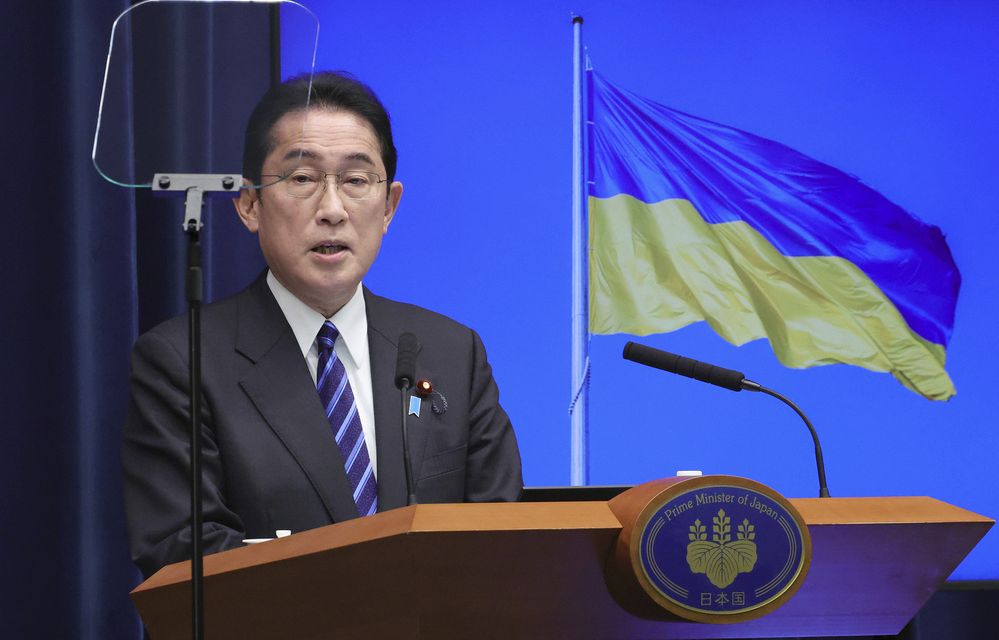
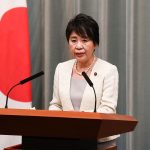

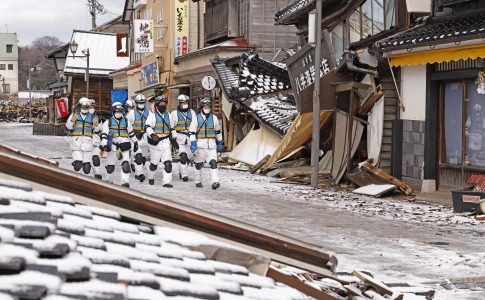
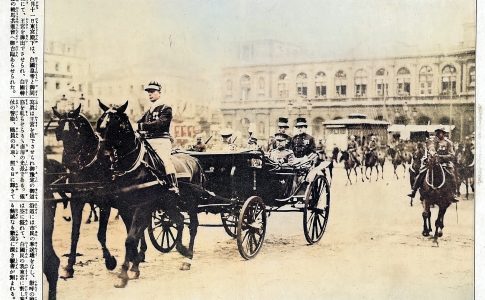
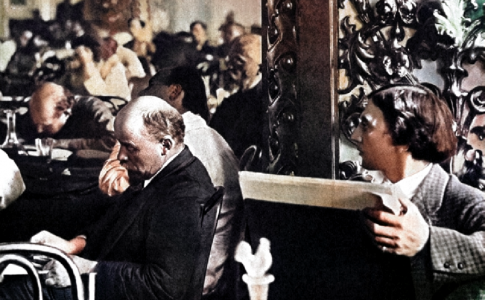
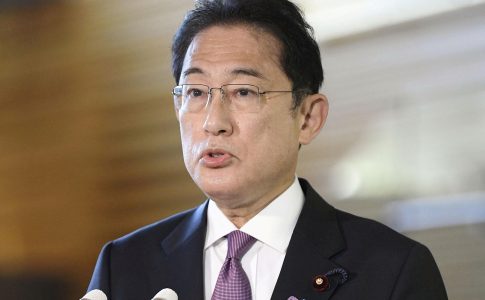
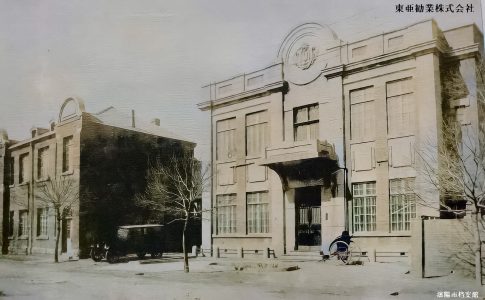
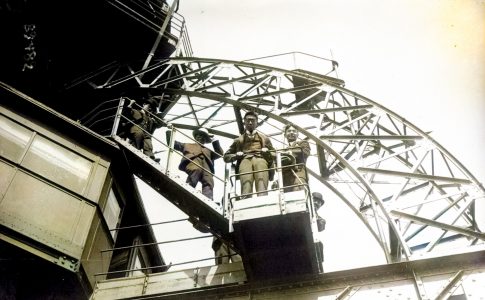
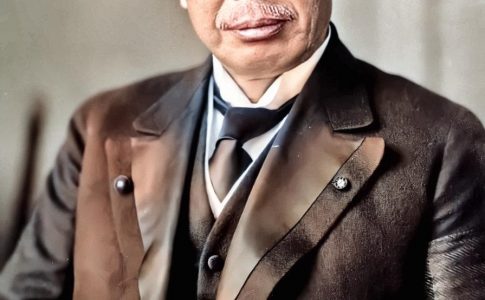

Leave a Reply